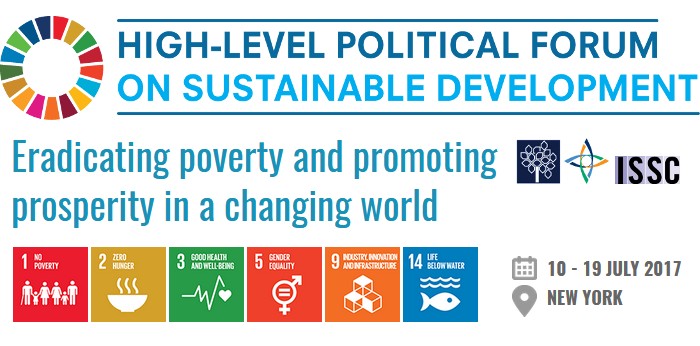The High-Level Political Forum on Sustainable Development (HLPF) convened in New York City for 8 days, from July 10 to 19. It brought together almost 2500 delegates, including 77 ministers, cabinet secretaries, and deputy ministers, in 36 meetings and 147 side events. It produced thousands of pages of reports, in particular by the 44 countries that reported on the progress made towards the Sustainable Development Goals (SDGs).
I was keen to find out the results, and so I checked for it on the internet on Thursday. I found: nothing! Not a single media channel had covered the event. No press commentary showed up on my search engine. How is that possible?
The SDGs represent the most ambitious development agenda humankind ever pursued collectively. Its 17 goals and 169 targets, agreed in 2015, are already to be achieved by 2030, only 13 years from now. This should be the most exciting topic around. And yet, the reports on proceedings in New York smell like mothballs and stale coffee.
How do we make the SDGs the most exciting agenda of today? How do we get to the kind of transformational change needed to leave no-one behind within 13 years? How do we leverage all the resources and capacities available, not just those of governments?
We need to leave the plenary halls behind and start taking action. Brave, ingenious, visionary and collective action. We need all hands, minds and hearts to achieve it. And to organize this collective push forward we need innovative formats that engage different stakeholders. A few ideas:
• Co-create innovations: design thinking and other co-creation methodologies enable people from different background to innovate together. The Geneva Global Goals Innovation Day brought together 800 innovators in Geneva in March. Likewise, Endeva’s ii2030 event in October will bring together practitioners around specific tech-based challenges to develop – and then implement – concrete solutions for the SDGs.
• Support entrepreneurs: entrepreneurs all over the globe want to use their creative energy to change the world. Let’s help them achieve it! Startup competitions, incubators and accelerators match entrepreneurs with funders, business partners and experts. Accelerate 2030, for example, advances the scale-up of impactful ventures for the SDGs (and we’re at Endeva are proud to support it).
• Transform one village at a time: The MDG villages helped explore the interlinkages between various development goals, and the synergies from addressing them at once. While successful in parts, critics argue that the exercise was too academic. SDG villages could take this approach one step further, involving companies, startups, tech innovators, NGOs and the local communities to transform a village, township or slum.
• Sprint towards a goal: National “sprints” could involve citizens and organizations of a whole country in making a big step towards a specific goal within a week or a month. Citizens could drastically reduce food waste, or their carbon footprint.
• Mobilize through social media: Such mobilization efforts can leverage social media, as demonstrated by the SDG Action Campaign. The campaign launched in March with the “Global Festival of Ideas for Sustainable Development“, using, for example, virtual and augmented reality to draw participants in.
There are many fresh approaches to enlivening the SDG agenda. The next HLPF should freshen up and make use of them. Then reporters may find something to comment on. More importantly, this global forum would invigorate not just delegates, but citizens and organizations around the world for progress towards the global goals. Instead of “hundreds of long presentations, fhhh…” the abbreviation can then stand for “Hey, let’s push forward!”
This blogpost was authored by Endeva Director Christina Tewes-Gradl.


